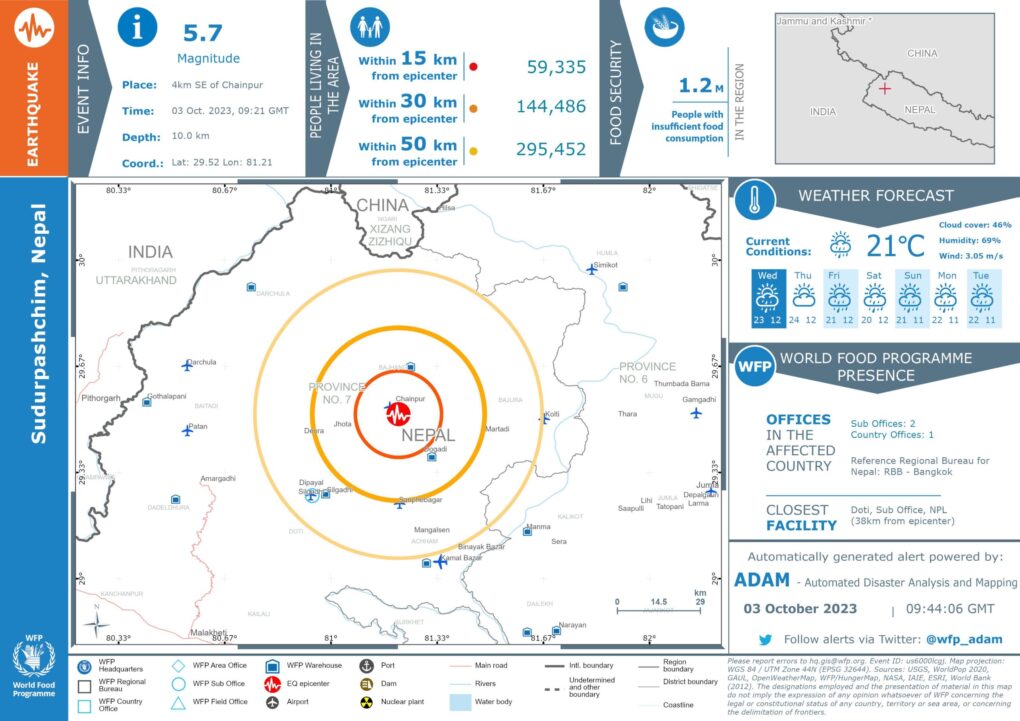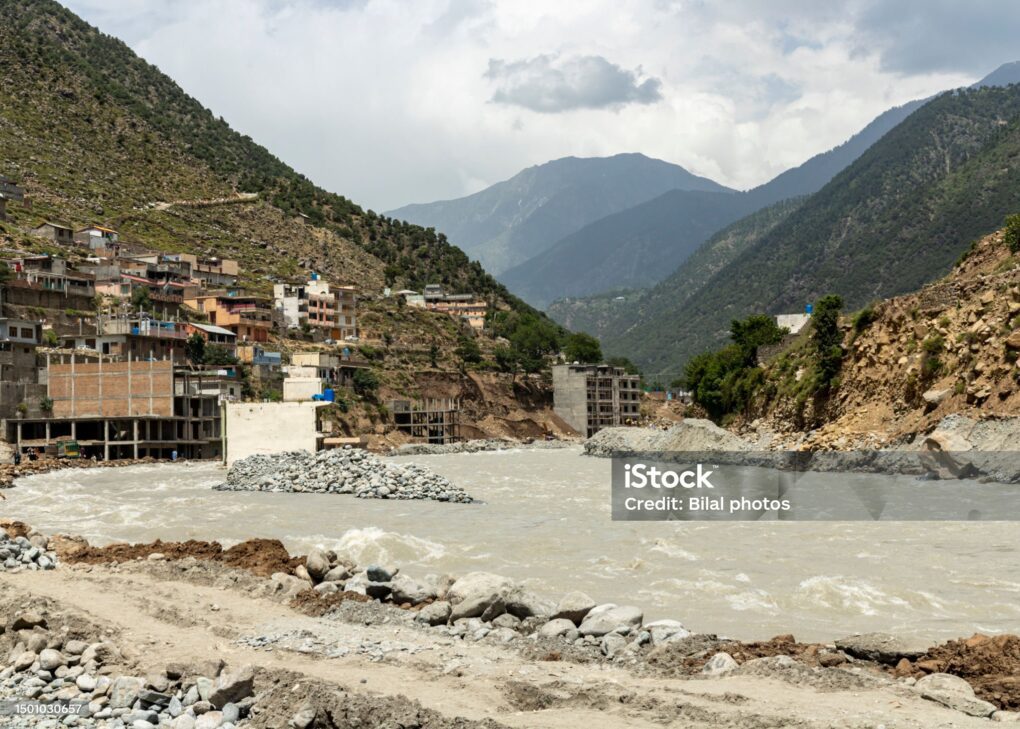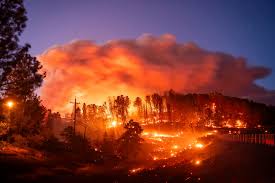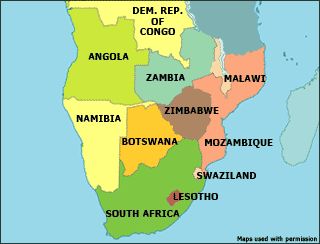On November 3, 2023, a 6.4 magnitude earthquake struck in the Karnali Province in Nepal. The incident has caused widespread damage with 153 deaths and 338 injured. The initial findings of the Government’s Initial Rapid Assessment (IRA) launched on 05 November reveal that over 4,000 homes were damaged in the hardest hit districts of Jajarkot and Rukum. Initial reports assess that around 1.3 million people might have been exposed and about 0.25 million people may need humanitarian assistance within 72 hours of the earthquake, according to Relief’Web.

A 13th October report by IFRC states that more than 36,000 people (7,250 families) have been affected; whereas, 1,567 houses were fully destroyed and 5,601 house were partially destroyed. Due to the extreme remoteness of the affected areas, the impact of the earthquake is yet to be completely understood. Meanwhile, on November 6, another strong earthquake with 5.6 magnitude again struck Nepal.
Different relief organisations and government agencies rushed immediately for help. WHO reports that it has supported ‘the immediate response efforts providing seven Interagency Emergency Health Kit (medicines and medical items for 10 000 people for 3 months), 5 sets of Trauma and Emergency Surgery Kits (materials and drugs to meet the needs of 50 patients requiring surgical care in emergency situations) and 6 sets of medical camp kits. In addition, the WHO Country Office is mobilizing human resources such as field Medical Officers and Surveillance Medical Officers, who will be based in western provinces and committed to provide additional human resources as per the needs identified’.

Dedicated hospitals have been set up in Nepalgunj in the Banke district to provide treatment for the affected individuals. The Bheri Hospital, Military Hospital, and Police Hospital have prepared 105 beds in readiness, while the Nepalgunj Medical College Hospital in Kohalpur has also been placed in a state of preparedness. Two ambulances have been stationed at Ranjha Airport for transporting patients arriving by helicopter, and two ambulances are also stationed at the military helipad, reported WHO.

Nepal lies in one of the active continental collision zone of the world called the Himalaya, where the probability of Earthquake occurrence is very high. Many destructive Earthquakes have been reported in the historical records within the Himalayan arc. Out of which the 1934 Bihar-Nepal Earthquake and 2015 Gorkha Earthquake Ml 7.6 (Mw 7.8) occurred in the Nepal Himalaya.
In 2015, Nepal suffered two devastating earthquakes in which 9,000 people were killed and 22,309 injured. The first, on 25 April 2015, was a 7.8-magnitude quake which caused most of the damage and loss of life. The quakes destroyed or damaged more than 800,000 houses mainly in the western and central districts, according to the International Federation of Red Cross and Red Crescent Societies (IFRC).





Leave a Reply